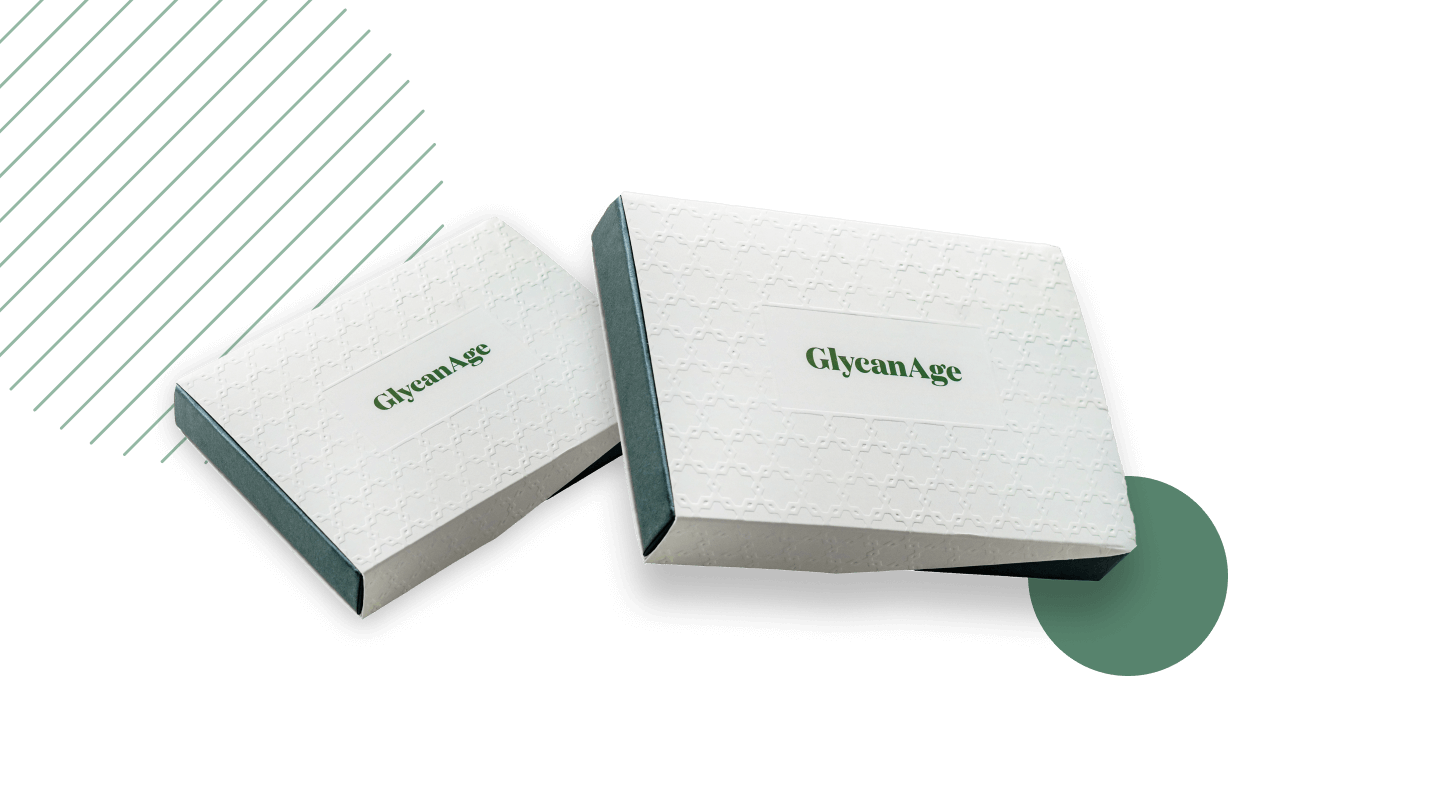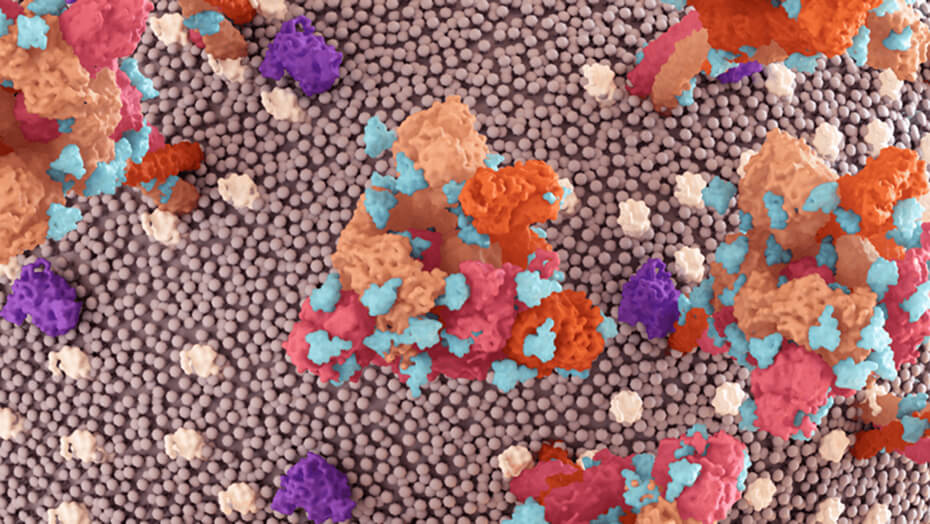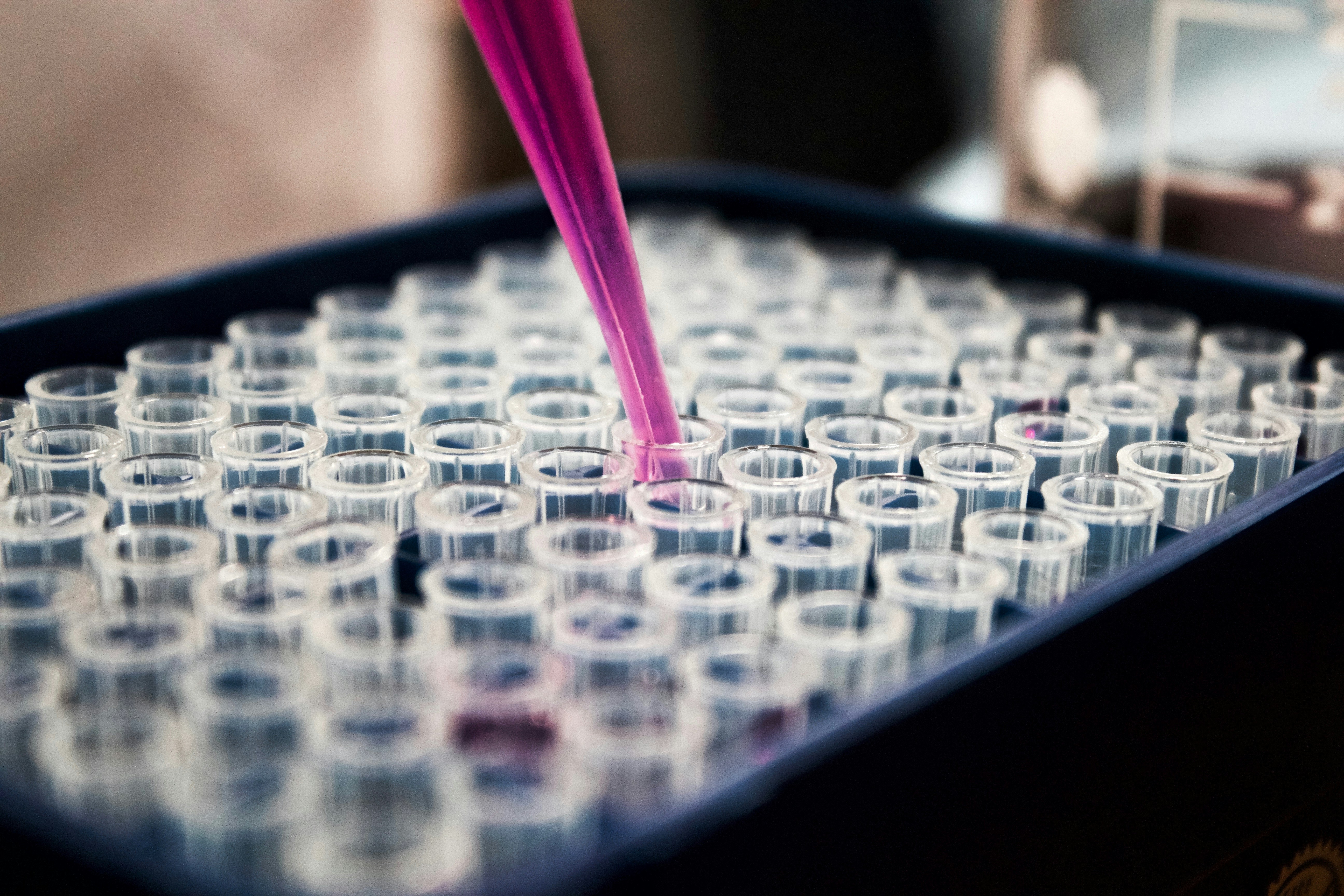The Sars-Cov-2 Spike Protein Is Densely Glycosylated

The spike protein mediates receptor recognition and membrane fusion during host cell infection.
.jpg?alt=media&token=5d76ffcf-96ae-4e17-a549-2783663fff71)
The spike protein is a trimeric protein on the surface of the SARS-CoV-2. This protein gives the whole viral family a crown-like appearance by forming spikes on their surface, hence their name – corona (Latin for crown). The spike protein mediates receptor recognition and membrane fusion during host cell infection. Due to this crucial role, it represents an ideal target for the development of therapeutics, vaccines and diagnostics.
Sometimes neglected in the spike protein structural and binding studies, however, is the fact that each of its monomers contains 22 putative N-glycosylation sites, 16 of which are confirmed to contain glycans (https://doi.org/10.1016/j.cell.2020.02.058). These heterogenous N-linked glycans protruding from the spike protein surface are thought to be important for proper protein folding and for modulation of the interactions during host cell infection and the accessibility to neutralizing antibodies.
The beautiful movie created by Lorenzo Casalino from the Amaro Lab shows a molecular dynamics simulation of the SARS-CoV-2 spike protein. In contrast to experimental techniques and static models, this simulation showing the molecule in motion may help us discover some hidden interaction sites for drugs and neutralizing antibodies.
Credits: Lorenzo Casalino, The Amaro Lab



